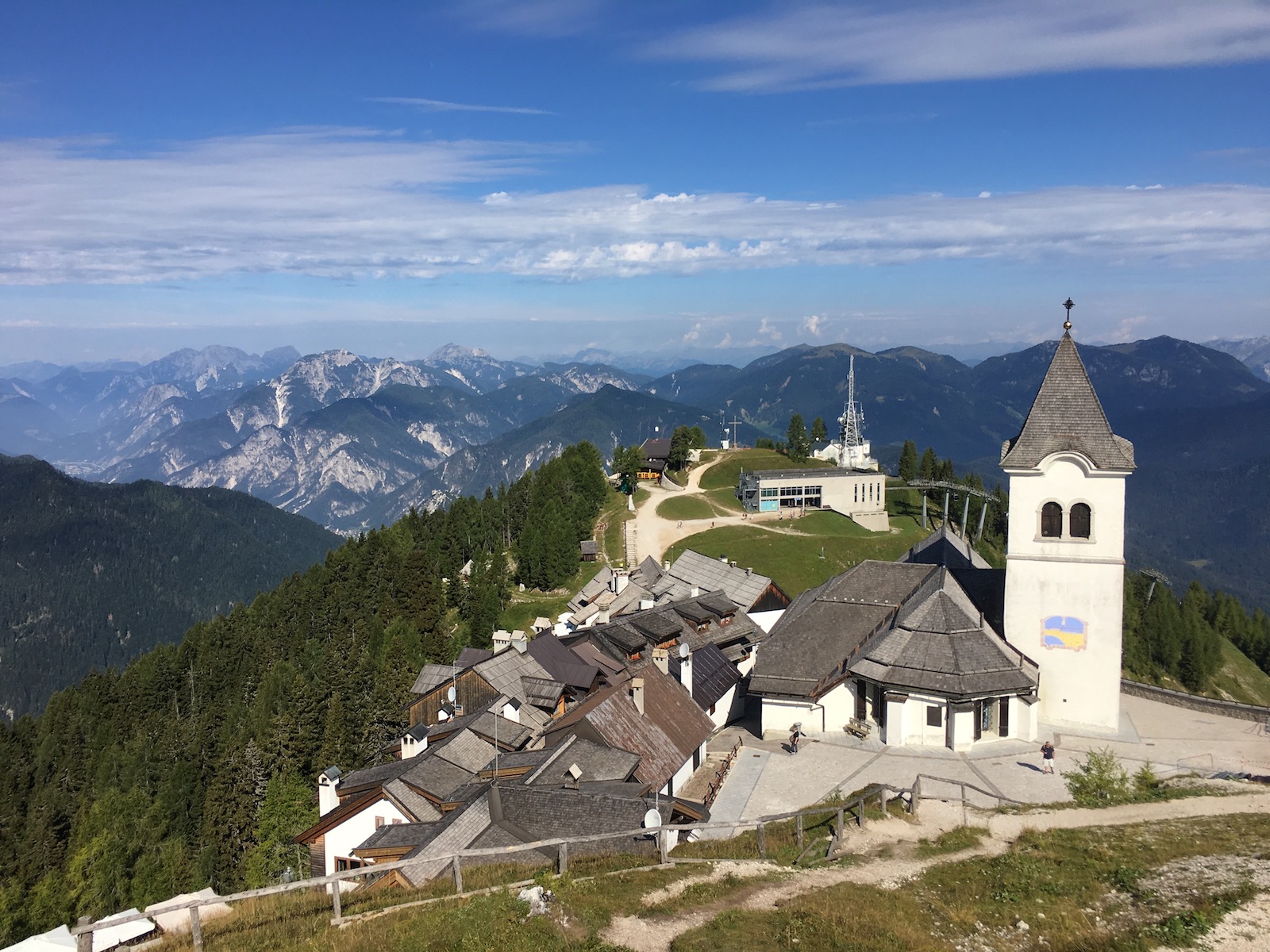As part of a university project I implemented AlexNet model and its training and testing procedures on the ILSVRC 2012 dataset, all using TensorFlow.
To train AlexNet just run the command:
python train.py optionwith options -scratch to train the model from scratch or -resume to resume the training from a checkpoint.
I trained AlexNet with the hyperparameters set in the script for ~46000 steps (roughly 46 epochs), decreasing the learning rate two times (by a factor of 10) when the loss became stagnant. The training image were preprocessed subtracting the training-set mean for each channel. No data-augmentation was performed (future improvement). The training was carried on a NVIDIA Tesla K40c (thanks to Avires Lab) and took a few days.
To evaluate the accuracy of the trained model I used the ILSVRC validation set (no test set is available). Run simply:
python train.pyThis evaluates Top-1 and Top-k (you can set k inside the script) accuracy and error-rate.
Inside the script you can also play with the K_CROPS parameter to see how the accuracy change when the predictions are averaged through different random crops of the images.
I tested the trained model on the ILSVRC validation set consisting of 50000 images. I obtained a Top-1 accuracy of 57.31% and a Top-5 accuracy of 80.31%, averaging the predictions on 5 random crops. With more epochs and some tweaks they can be improved of a few more points. I hope to do so in the next weeks.
To predict the classes of an input image run:
python classify.py imagewhere image is the path of the image you want to classify.
e. g. that command on the lussari.jpg image
 gives the output:
gives the output:
AlexNet saw:
alp - score: 0.575796604156
church, church building - score: 0.0516746938229
valley, vale - score: 0.0432425364852
castle - score: 0.0284509658813
monastery - score: 0.0265731271356Again, you can change the number of random crops produced and the Top-k prediction retrieved (here are both 5).
train.py and test.py scripts assume that ImageNet dataset folder is structured in this way:
ILSVRC2012
ILSVRC2012_img_train
n01440764
n01443537
n01484850
...
ILSVRC2012_img_val
ILSVRC2012_val_00000001.JPEG
ILSVRC2012_val_00000002.JPEG
...
data
meta.mat
ILSVRC2012_validation_ground_truth.txt
- Alex Krizhevsky, Ilya Sutskever and Geoffrey E. Hinton. ImageNet Classification with Deep Convolutional Neural Networks. Advances in Neural Inforamtion Processing Systems 25, 2012.
- Olga Russakovsky°, Jia Deng°, Hao Su, Jonathan Krause, Sanjeev Satheesh, Sean Ma, Zhiheng Huang, Andrej Karpathy, Aditya Khosla, Michael Bernstein, Alexander C. Berg and Li Fei-Fei. (° = equal contribution) ImageNet Large Scale Visual Recognition Challenge. IJCV, 2015